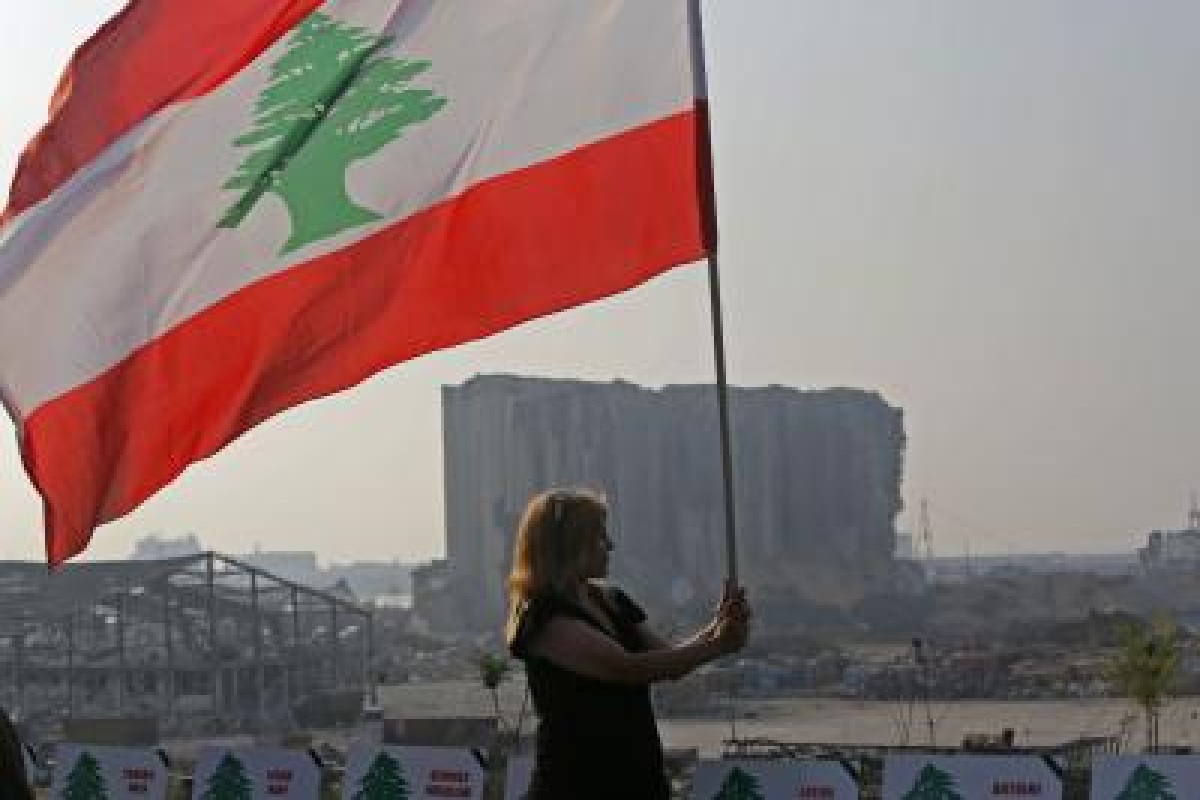Lebanese experts believe that the country is still facing severe economic and financial challenges in 2022, urging the introduction of a comprehensive recovery plan which comprises thorough structural reforms to prevent it from sliding further into collapse.
Patrick Mardini, president of the Lebanese Institute for Market Studies, told Xinhua news agency that the main challenge facing the Lebanese government in 2022 is to achieve a budget balance.
Advertisement
“This is not the case with the 2022 budget, currently under study, which runs 15 trillion Lebanese pounds (LBP) in deficit,” he said.
Mardini suggested that the government should restructure its debt after it has defaulted on a $1.2 billion Eurobond in 2020, its first-ever sovereign default, which undermined the government’s ability to access international markets to finance the deficit.
Lebanon is facing the worst financial crisis in its history, with public debt of over $98 billion and the currency losing over 90 per cent of its value.
Mohammad Faour, a financial researcher, told Xinhua that Lebanon faces difficulties this year to restructure banks, not only to repay depositors’ money but also to allow the banking sector to restore its vital role as a financial intermediary.
“In the absence of a stable and relatively clean financial sector, we cannot dream of any kind of capital inflow into the country,” Faour said.
Another major challenge, according to Faour, is the urgent need to unify parallel exchange rates of the Lebanese pound to the US dollar.
In 1997, the pound was pegged to the dollar at the rate of 1,500 LBP to $1, and the two currencies were freely convertible on that basis until October 2019. After the country slid into the devastating economic crisis, the currency lost its value sharply in the market.
For now, the central bank allowed withdrawals at the official rate of 8,000 LBP to the dollar, even as the market rate soared beyond that, reaching 32,000 LBP to the dollar at one stage last month.
“The absence of a unified exchange rate has distorted economic activities. People need an anchor to set prices,” Faour said.
For his part, Mounir Younes, economist and former chief editor of Al Qabas Kuwaiti daily newspaper, said the government needs to deal with the elevated inflation which is eroding the purchasing power of the Lebanese.
Goods prices continued to climb as Lebanon imports most of its locally consumed goods, which drives prices upward with the strengthening of the U.S. dollar.
“Around 80 per cent of the Lebanese are paid in local currency and they have seen their purchasing power drop by 90 per cent,” he said.
Younes also emphasized the need to reform Lebanon’s dysfunctional energy sector which, alone, has accounted for about 40 per cent of the country’s public debt since 1992.
Lebanon started last month the first round of negotiations with the International Monetary Fund to unlock aid with talks focusing on topics including the budget, the banking sector and the exchange rate, the balance of payments, the energy sector, governance, and assistance to poor families.









